Freelancers
Job List
For Business
Find Local Pros
Member Solutions
StoryBrand is a communications blueprint for engaging the psychology of your customers and is used to clarify your message and get more conversions.
Let's take a look at how it works.
Marketing becomes about the brand or the product and not the person buying the product. Yes, a customer is interested in your business but only in what they can get from it. How many times do you see websites that are all about them selling themselves and trying to impress their customers? Take a moment and think about it — the funny thing is it's not just small and medium businesses that waste marketing dollars in this way. Millions are being wasted in the top end of town as well.
But what is high-quality marketing, visuals, and written communication that uses psychology to influence the customer's decision? The decision that you want them to make.
It's about being clear and engaging, it's about making you the business or coach the guide and your customer the hero. It's about not wasting calories figuring things out and making it simple so that even a caveman knows in seconds what you do and is tempted.
Marketers for many years have referred to the power of stories to engage their customers. Instagram is all about story and imagery to tell that story, not that I'm a user, but the general population knows the power of telling stories to engage the audience. They often just don't do a very good job of it. I could tell you my story and put you to sleep because it's about me. Or I could tell my story and invite you into it in a way that has meaning.
Then theirs the persona of a customer, one story will be engaging to one person but not the next.
My mum doesn't care that I love to develop websites in Oxygen until I tell her I build websites so that it makes it easy for her to buy her hair products online.
Let's review a general outline of what should be included as a Storybrand website:
1. Communicate how your product or brand makes your customer's life better
2. Stakes - what if your hero doesn't engage your product or service - People psychologically don't fear the idea of losing something. What's the impact look like, will you go to more lengths to not lose one hundred dollars compared to earning one hundred dollars? Think about this the next time you shop for the best deal online and the hours it takes you to save that ten dollars.
3. Points of your service provision and what your customer gets if they engage with your brand.
4. Introduce the business or you with customer logs and/or testimonials (wow, your number 4) — Establish authority.
5. Price choices - Your customer is sold on the idea, but the last question is always a price. Making it easy to buy and easy to figure out.
6. Your customers plan to engage with your product and services - Simple 3-4 steps
7. Explainer - A one-liner and then expanding on this
8. Lead generator - Catchy title, sales line that will get an email address.
Further Strategies for the StoryBrand idea:
While I haven't seen the author Donald Miller go through the ideas of Product Launch Content (PLCs), I know that these are important in nurturing and selling to your customer if the website alone can't do it. They offer anticipation and touchpoints to get them over the line by providing free offerings before a product launch.
For more information on "Product Launch Formulae," PLF have read of the book by Jeff Walker called "Launch" which set's out the different phases of a sale using free Prelaunch Content. PLC. I see this playing an integral part in the lead generator.
Back to StoryBrand
9. Junkdraw - FAQs and other detailed information that contains the stuff you wanted to include elsewhere is important to SEO.
I'm not a writer, I'm only ok with words. I'm a developer, and I always, always overcomplicate everything in my life. It's a curse, my brain is so mixed with thoughts and emotions I need a structure to clarify my thoughts to make things simple so that I can repeat them over and over again.
About a month ago, I came across StoryBrand while involved in a digital mastermind with some other marketers. They looked at this website and said, "Jase, I don't know what you do; it takes me way too long to figure it out". This also reinforced the feedback I had from a couple of RWD members "I think it's a great idea but it took me a while to figure it out." Thanks, James and Leah.
Storybrand was developed by an American writer by the name of Donald Miller and became popular around five years ago in 2017 when he wrote his StoryBrand book.
What is interesting is that Australia has only dribs and drabs of marketers using this to its true effect. Donald's story is engaging, and his book is a must-buy in my opinion. I'm also enrolled in his course at "Business Made Simple". I'd love to go down the certified provider route. 10k US is a lot of cash, and I do not doubt if I were a writer, this would be more than worth it. But I'm not.
I was recently involved in another mastermind where one of the participants had to run a mock sales call, and we provided feedback. He did well, but it was interesting how others in my group reviewed his sales pitch.
Do customers care that you use StoryBrand? Really do they want to know the details of what you're going to do with the strategy, or do they want to know the numbers? How many more sales will I get if I use this thing?
It took me some searching, and of course, this is going to be not clear cut, but one case study provided suggests they saw up to 800% increase in conversions.
BrandScrits are short-to-point outlines, no more than a couple of sentences that come out of the StoryBrand framework and enable you to repeat a message in all of your marketing material being clear and consistent, customer centred.
While it could be compared similar to a mission statement, a company could have one that tells employees what the goals are.
As simply as possible:
A BrandScript is more customer-focused, and key it identifies their internal challenge. Finally, calling them to some action.
Marketing agency:
"We help clients get their product in front of more customers. So that they can grow and their customers get the benefit of x."
1. Coffee Hit UK The agency that built this website has some compelling stats on growth as a result of the use of Storybrand
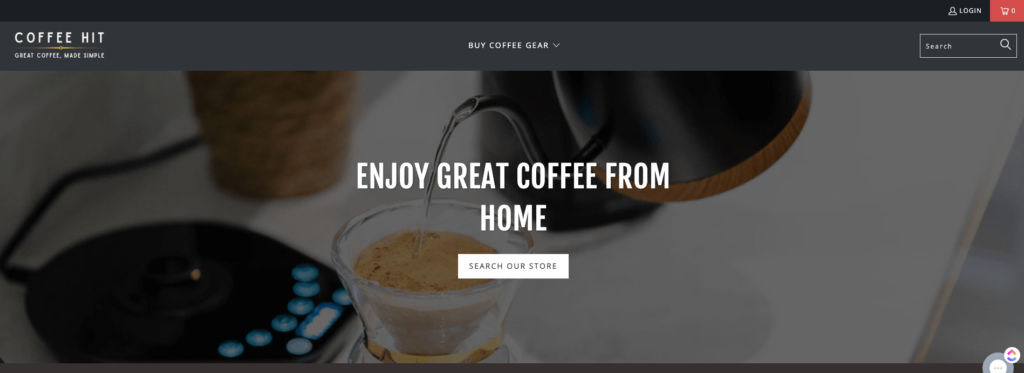
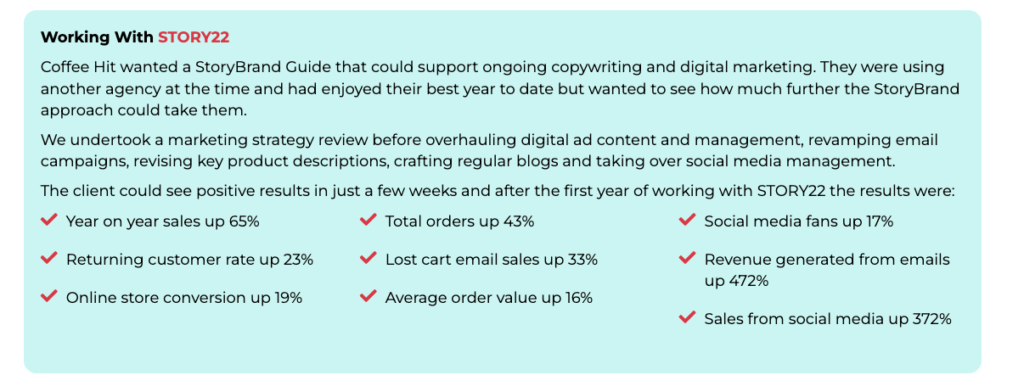
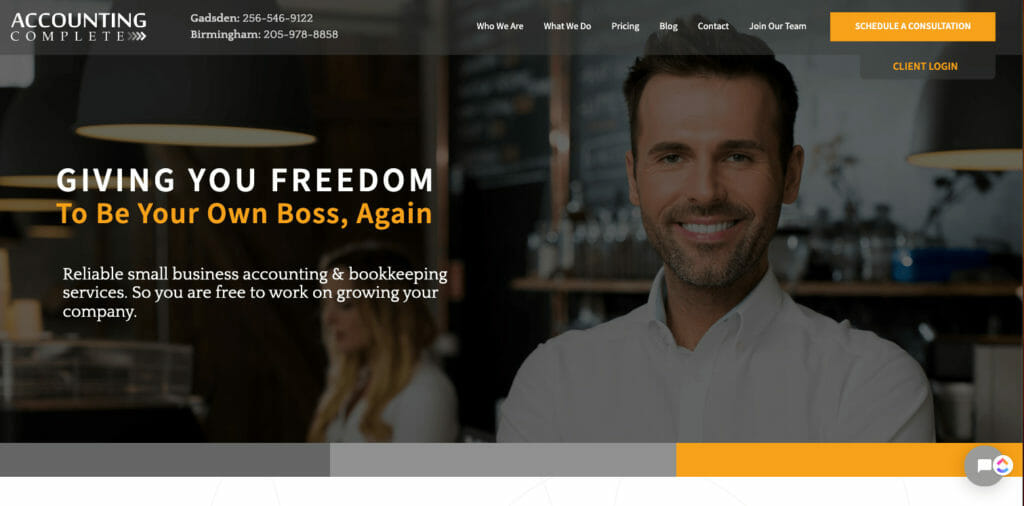
3. Zen founder - I'd say almost my favourite example, given its simplicity.
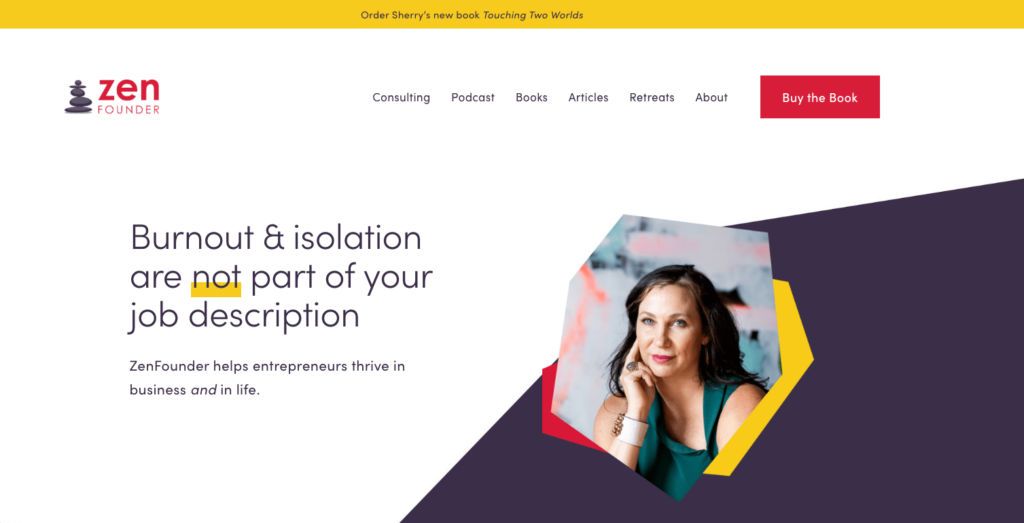
4. Results and co. - An agency practising what they preach clearly identifies you as the hero, the product, the stakes and the process. A clear call to action is repeated throughout.
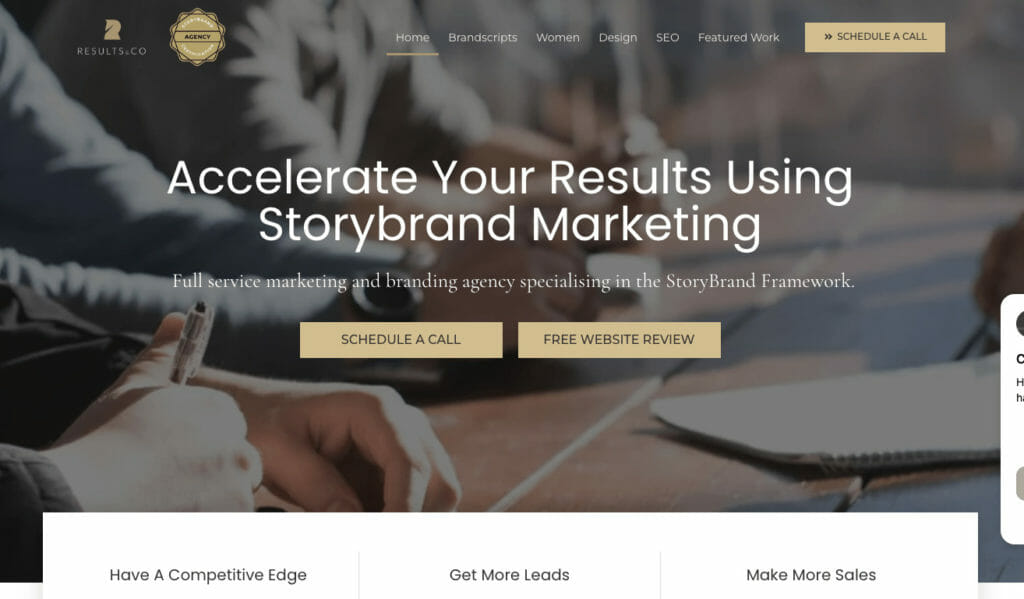
5. The Happier Sleeper - You see StoryBrand clearly at work here with a very simple structure. I also love their lead gen which wasn't in all of the previous examples but is clearly an easy win and a must.
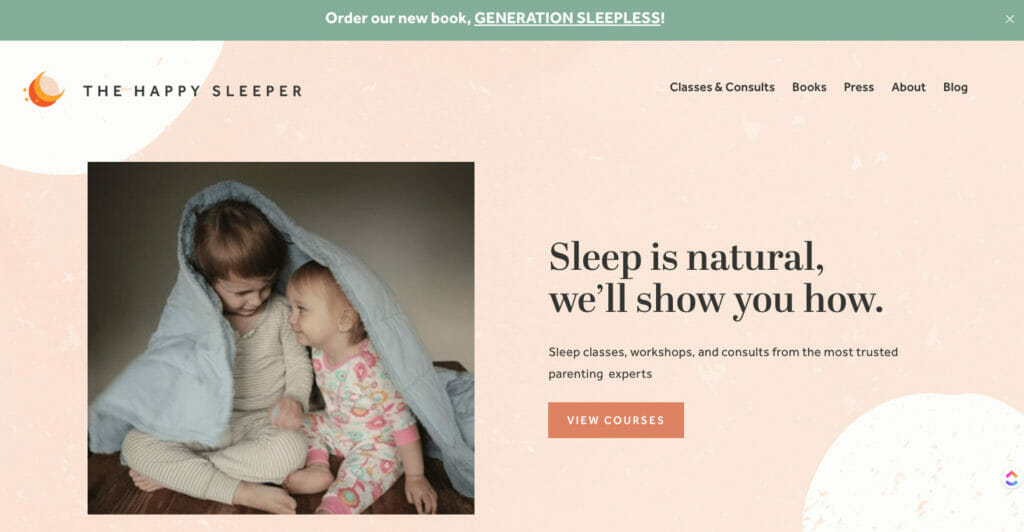
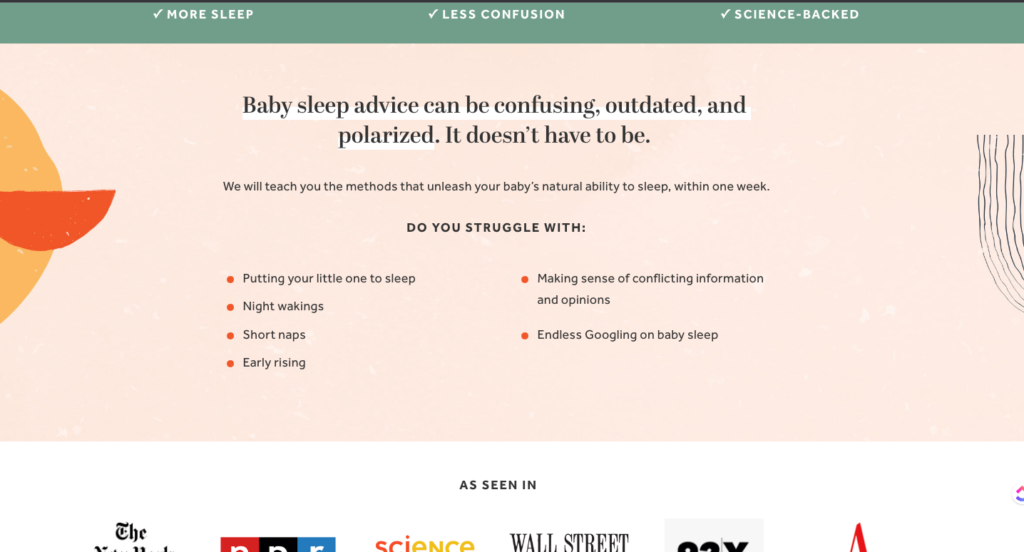
ClearBrand
A fairly comprehensive list of 202 examples StoryBrand websites can be found at another American-based agency located in Colorado, Clearbrand. This one is endorsed by Donald Millar himself and is great if your looking for inspiration. Certified StoryBrand guide.
If you are interested and just getting started with StoryBrand, head over to My Story Brand, and you can use their tool for free to generate one Storybrand free of charge

Building a Story Brand by Donald Miller 2017

Marketing Made Simple 2020
One frustration we have in regional Australia is the bargain basement 2.5K website and I'm not sure if it's limited to regional areas but there are a few challenges here that I think freelancers and agencies need to look at more closely when pricing to this level.
Let's break things down a little further because I"m sure many of you still think $2500 is possible, has to be possible when our overseas competitors charge $500 for a website.
Total $4000
There are some shortcuts I've taken here such as photography which we always include with our websites as mandatory which would easily take the website to 5k.
Most of you won't include discovery which in itself is a disservice. You don't take your car to a mechanic and say there's something wrong and expect them to spend time for free figuring out what "there's something wrong with my car" actually means. We accept that this is part of the process.
Next time you have a customer ask how much a website is going to cost don't think of it as your pricing a website. Ask them how much they're prepared to "spend" on the process and if they say someone can do it for $2k-2.5k and if you can't persuade them a website at that cost is not going to be of any value then maybe it's a website you shouldn't be doing at all and go work at Woolworths or Coles for more money.
No wonder so many regional marketers are burning out.
Network and specialize and get paid what you love doing!
Join the regional web developer today and take the next step to your freedom.
We're all about supporting local regional communities. We'll do our best to find someone who has what you need who is local and who can help with your project.